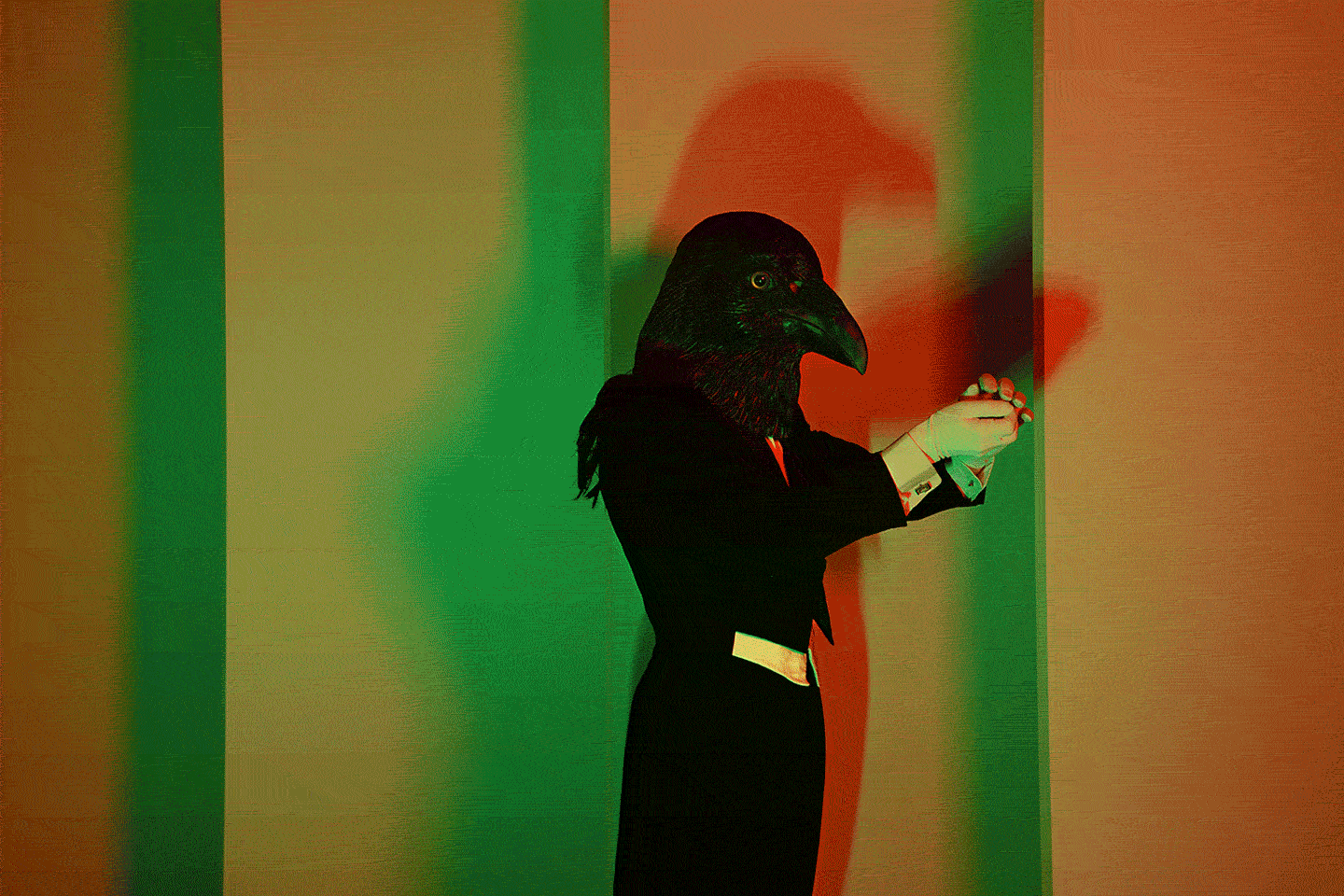Dark Space Where Things Cannot Be Put
October 1, 2021–February 27, 2022
Centro Cultural Universitario
Insurgentes Sur 3000
04510 Mexico City, Delegación Coyoacán
Mexico
Hours: Wednesday–Sunday 11am–6pm
T +52 55 5622 6939
difusion@muac.unam.mx
What is artificial in what we perceive? How do we construct it? What is a construction in what we observe and represent? Dark Space Where Things Cannot Be Put is the first solo exhibition by Ana Torfs in the Americas. Through the dialectic between image and text, the artist’s work explores the act of perception to inquire into the implicit historical conventions that come with it.
In her work, Torfs often explores the dichotomy between what we see and what we know or believe we know. Beyond a taxonomic process of ordering and classifying reality, the artist investigates the very constitution of knowledge that arises from language and its derived colonial structures. References as diverse as psychology, shadow play, literature, sign language, botany or diaries, serve to explore language as a hegemonic structure and to propose a weave of relationships that permeate our experience. One example is The Parrot & the Nightingale, a Phantasmagoria (2014), a work in which she uses Christopher Columbus’s 1492 travel journal to allude to linguistic alienation and the curiosity provoked by the “New World,” as well as the difficulty of defining and naming the new, always through the imposition and limitation of words.
Torfs’s interest lies in recuperating the liminal space from where the possibility of interpretation and understanding emerges, a space that allows the transfer of meaning. Her works are conceived as exercises of translation and deciphering, destined to question representation. What is the process of forming meaning? What role do words play in the constitution of that meaning? How is representation constructed? This question is evoked in her installation Incantations (Double Double) (2017), whose starting point is the Rorschach test, a projective method for interpreting inkblots. Using the responses of people from different parts of the world, Torfs creates a game of projections in which shadow puppets dialogue with songs improvised by Javanese women.
The exhibition also includes three recent installations that are closely interwoven and enter into unexpected combinations. In Sideshow (2019), a series of disguised figures, including a geisha, a clown, a mummy, bird people and cat women, appear and disappear against an abstract decor with multicoloured light, in an endless round dance which reminds of the medieval dance of death. In the images, recorded in stop motion technique with various performers, the artist returns to a few old favourites: theatre, silent film, masquerade, puppet theatre, circus, and cabaret.
The second installation, When You Whistle, It Makes Air Come Out (2019) is inspired by a fragment from a book by Swiss psychologist Jean Piaget, On the Child’s Conception of Physical Causality (1930). Children’s answers to questions such as “what happens when you blow”, or “where does the air in your mouth come from” are innocent and surprising.
Lastly, in Echo’s Bones/Were Turned to Stone (2020) a female character seems to be trying to arrange her thoughts in an endless chain of associations, references and facts. She delves deeply into the anecdotes of many artist’s lives and deaths. Her countless enumerations turn into factual descriptions of the functioning of the human body or the condition of the planet. “When we open our mouths, we speak with the voices of ten thousand dead.” “Nothing ever dies,” we hear her say. As long as she speaks, she exists.
The repetition and the presence of the voice take on corporeality, appearing as new ways of apprehending the world. In Dark Space Where Things Cannot Be Put the artist seeks out the interstices where the importance of experience lies. Her gaze seeks the place before things happen, the undefined space in which perception occurs and illuminates interpretation.
Ana Torfs
(Belgium, 1963; lives and works in Brussels)
Over the past 20 years, her work has been presented in major solo exhibitions, including BOZAR, Centre for Fine Arts, Brussels (2020 and 2000); Pori Art Museum, Pori (2017); Calouste Gulbenkian Museum, Lisbon (2016); WIELS, Brussels (2014); Generali Foundation, Vienna (2010); K21, Düsseldorf (2010); Sprengel Museum, Hannover (2008); ARGOS centre for art and media, Brussels (2007); daadgalerie, Berlin (2006); and GAK, Bremen (2006). Her work has been included in various international art events including Parasophia, Kyoto (2015); 1st International Biennial of Cartagena de Indias (2014); 11th Sharjah Biennial (2013); Manifesta 9, Genk (2012); 2nd Montreal Biennial (2000); and 3th Lyon Biennial (1995). Her work was also presented in major group exhibitions in Museum der Moderne, Salzburg; MCA, Chicago; ACCA, Melbourne; Museu de Arte Moderna, Rio de Janeiro; National Museum of Modern Art, Tokyo and Museion, Bolzano, among other institutions.



